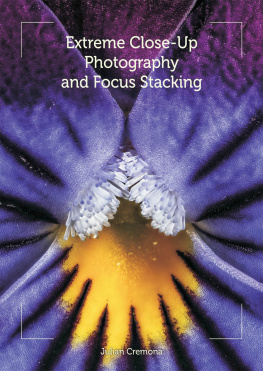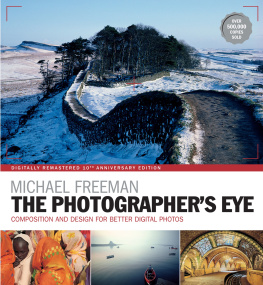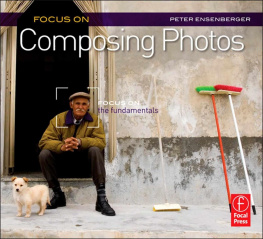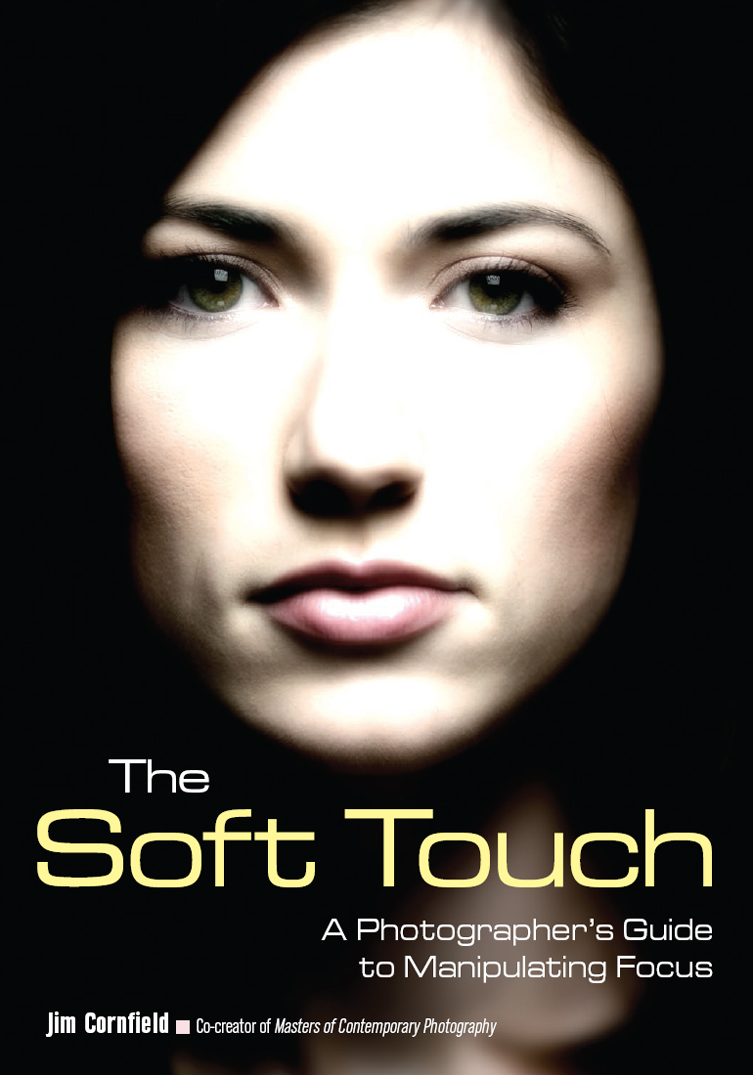
Copyright 2015 by Jim Cornfield.
All rights reserved.
All photographs by the author unless otherwise noted. Cover photo model Robyn Buck.
Published by:
Amherst Media, Inc.
P.O. Box 586
Buffalo, N.Y. 14226
Fax: 716-874-4508
www.AmherstMedia.com
Publisher: Craig Alesse
Senior Editor/Production Manager: Michelle Perkins
Editors: Barbara A. Lynch-Johnt, Harvey Goldstein, Beth Alesse
Associate Publisher: Kate Neaverth
Editorial Assistance from: Carey A. Miller, Sally Jarzab, John S. Loder
Business Manager: Adam Richards
Warehouse and Fulfillment Manager: Roger Singo
ISBN-13: 978-1-60895-951-8
Library of Congress Control Number: 2015939887
10 9 8 7 6 5 4 3 2 1
No part of this publication may be reproduced, stored, or transmitted in any form or by any means, electronic, mechanical, photocopied, recorded or otherwise, without prior written consent from the publisher.
Notice of Disclaimer: The information contained in this book is based on the authors experience and opinions. The author and publisher will not be held liable for the use or misuse of the information in this book.

www.facebook.com/AmherstMediaInc
www.youtube.com/c/AmherstMedia
www.twitter.com/AmherstMedia

Contents




Guide

Jim Cornfield is a veteran commercial photographer and freelance journalist. His adventure and eco-travel articles, covering destinations from Israel, India, Costa Rica, Spain, Italy, Honduras, the Cayman Islands, and Portugal, are widely published in magazines, including Scientific American, Continental Airlines Magazine, and Rangefinder, for which Cornfield is a regular columnist and contributing feature writer. Over a career that spans 35 years, Jim Cornfield has been feature editor of Petersens PhotoGraphic magazine, director of photography for East/West Network, and co-creator of the acclaimed book series Masters of Contemporary Photography (Alskag, T.Y. Crowell, 1974). His photographs appear in advertisements and corporate publications worldwide, for a clientele that includes NBC, CBS, Fox Television, Disney, Paramount Pictures, Hewlett-Packard, Dole, Kilroy Realty, AIG/SunAmerica, and Occidental Petroleum, along with a gamut of periodicals from Readers Digest to Popular Photography. Cornfield is the author of three books. He is also an experienced film and video director, having created many television commercials for his broadcasting clients. Cornfield lives and works in Malibu Canyon, CA. He was raised in suburban Los Angeles, graduated from UCLA, and served as an officer in the US Air Force.
Special thanks to Ellen Boughn, Crystal Chin, Cathy Church, Martha and Henry Cobbold-Litton, Keri Friedman, Viviana Gradinaru, Tom Ito, Carole La Corte, Michelle Langley, James Madio, Cobi Mike, Allie Papazian, Andrea Papazian, Herb Rafael, Jena Rappolt-Noyes, Karen Ringley, Steve Rosenbaum, Emily Sandack, Maria Scardina, Jaro Suopek, Katie Taylor, Leilani Tedesco, and Chuck Westfall.

Ive personally been in thrall of soft-focus imaging for my whole career. On the surface, its one of photographys straightforward, uncomplicated dilemmas: Theres the one side thats clearly criminalglobal softness, a whole shot, or the principal subject unpardonably out of focusand that calls for the Delete key. Period. Capital punishment. Then on the flip side, youve got the same toolsoft focusthat, when used intelligently, carefully targeted, doesnt impair but enhances an image (sometimes greatly enhances it).
What we perceive as blurs or hazy accents in a picture function very much like deep shadows or blown-out highlights. They minimize and conceal. Soft focus subliminally diverts our attention from one detail in a frame to another. Like the rest stops and diminuendos in a piece of music, creatively manipulated zones of softness can totally reconfigure a photographs meaning and its impact, even raise it to the level of art.
I know there are skeptics among you who dont buy any of this. Soft focus isnt quantum physics, youre thinking, and it is hardly worth the bother. A smudge of Vaseline on a skylight filter, subdue a few zits or laugh lines, and there you have it. Simple enough, right?
Clearly, if it were that simple, there wouldnt be a need for this book. What follows on these pages will, I hope, provide you with the inspiration and the cerebral ammunition to look beyond that misguided impression you might be harboring: that selectively detuning sharpness in your picturesand thats what were talking about hereis nothing but photographic cotton candy. Id also like to nudge you toward exploring, in your own work, some of the nuances and variations of a fascinating and way-underrated technique. Soft focus is not cotton candy, nor is it photographic Clearasil. Its a wealth of real-world solutions and valid techniques for adding depth and sparkle to imagery. From bridal candids, to sports, to landscapes, to serious editorial portraiture, to travel and fine art imaging, the soft touch is an important creative tool that belongs in the skill set of every serious photographer.
What we perceive as blurs or hazy accents in a picture function very much like deep shadows or blown-out highlights.

Personal Reflections, Meaningful Content, and the Power of Margarine
Im pretty sure my first acquaintance with this imaging style was the picture below (), a vintage portrait of my mother, taken around 1935. As I was growing up, it was always perched on some end table or a mantelpiece. Its a classic example of the sentimental mannerism that had prevailed among portraitists for the hundred or so years prior to the day my mother walked into a downtown Chicago photo studio. I was always fascinated by the amount of information it artfully concealed. Now Im certain it was shot with one of the handful of dedicated portrait lenses that could selectively reduce sharpnessthe idea being, of course, to create an image that told a persons story by purposely not telling the whole story.




















